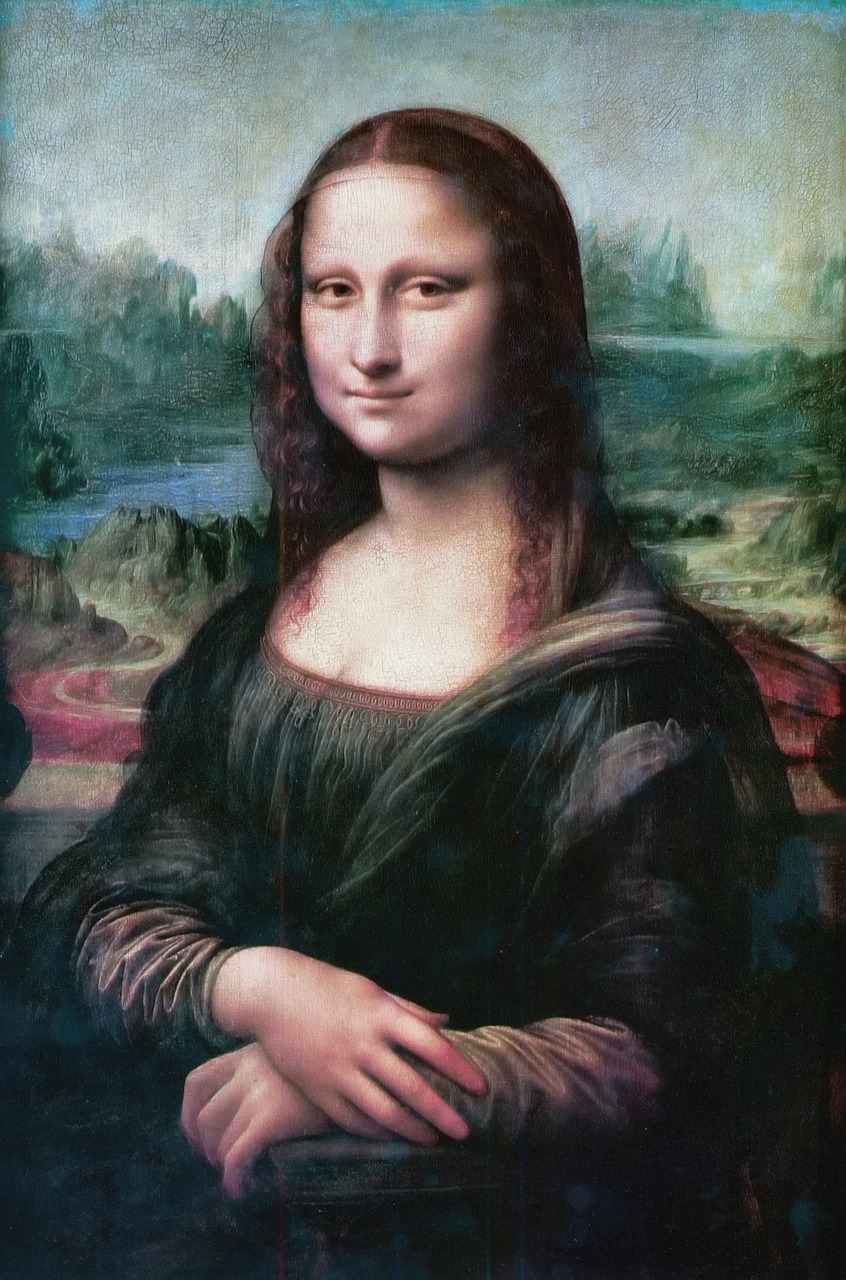On the morning of August 21, 1911, the Louvre Museum in Paris, France, was in a state of shock and panic. The Mona Lisa had been stolen. The painting, one of the most famous in the world, had been on display in the museum for over one hundred years, and now it was gone.

The theft of the Mona Lisa was a sophisticated operation. The thief had managed to evade the museum’s security and bypass its alarm system. The painting had been cut from its frame, leaving only the empty wooden frame behind.
The news of the theft spread quickly, and the police began a massive investigation. The Louvre was closed for a week while the police searched for clues. They questioned employees, visitors, and anyone who might have been in the museum at the time of the theft. The press was also closely following the investigation, and the story was front-page news in newspapers around the world.
Despite the efforts of the police, the Mona Lisa remained missing for over two years. Then, in December 1913, the police received a tip that the painting was being offered for sale in Florence, Italy. The police quickly arrested the man trying to sell the painting, and it was returned to the Louvre.
The thief was a man named Vincenzo Peruggia, an Italian immigrant who had worked at the Louvre as a handyman. Peruggia had stolen the painting because he believed that it should be returned to Italy, where Leonardo da Vinci had created it. Peruggia was sentenced to one year and fifteen days in jail for the theft, but he was hailed as a hero in Italy for his act of patriotism.
The theft of the Mona Lisa had a profound impact on the art world. It highlighted the need for increased security measures in museums and galleries, and it brought attention to the importance of preserving and protecting works of art. Today, the Mona Lisa remains one of the most famous paintings in the world, and it is protected by some of the most advanced security systems in the art world.
Leave a Reply